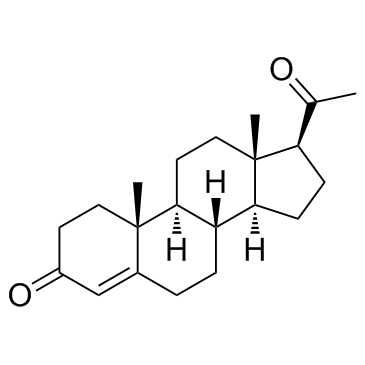| Structure | Name/CAS No. | Articles |
|---|---|---|
 |
Norethindrone
CAS:68-22-4 |
|
 |
N-hexane
CAS:110-54-3 |
|
 |
Acetonitrile
CAS:75-05-8 |
|
 |
Estriol
CAS:50-27-1 |
|
 |
Dimethyl sulfoxide
CAS:67-68-5 |
|
 |
Formic Acid
CAS:64-18-6 |
|
 |
Methyltrienolone
CAS:965-93-5 |
|
 |
ethyl acetate
CAS:141-78-6 |
|
 |
Progesterone
CAS:57-83-0 |
|
 |
Dexamethasone
CAS:50-02-2 |